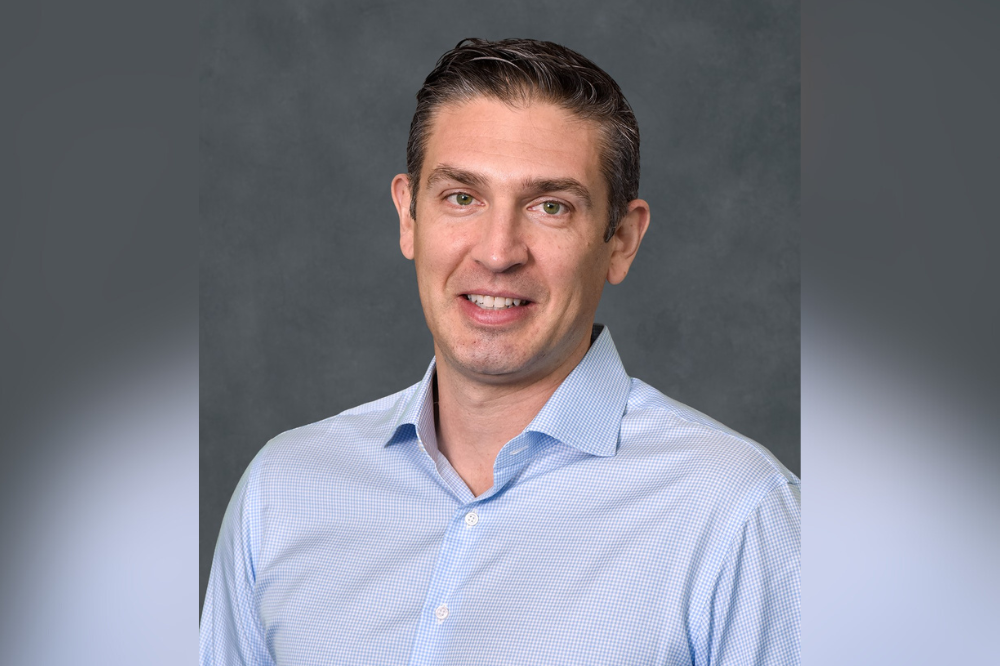Amwins specialist sees the future of parametric insurance
Disaster and flood
By Gia Snape
This article was produced in partnership with Amwins Group Inc.
Gia Snape of Insurance Business sat down with Alex Kaplan, CEO of Alternative Risk at Amwins Group, to talk about the incredible growth of parametric solutions and the opportunities that come with this innovative form of insurance.
Parametric insurance is increasing in popularity among the strong property market. As markets begin to see the benefits of this type of insurance, the use of parametrics will expand beyond the property and risk area.
Alex Kaplan (pictured), CEO of Alternative Risk at Amwins Group, believes the parametric revolution is just beginning.
“This base will grow significantly in the next few years, given the complexity of the markets and the structures they offer, as well as the amount of capacity in place,” he said.
The global parametric insurance market is expected to more than triple in value over the next decade, according to market research by Allied. The market is valued at $11.7 billion by 2021 and is projected to reach $29.3 billion by 2031.
Parametric insurance appeals to the market because it reduces the protracted claims and adjustment processes that come with traditional insurance products, Kaplan noted.
You’re in or out – and so is this type of insurance. They like that level of transparency, especially those who have experienced a historic loss,” he said.
“To be able to be done and dusted off a parametric claim in two or three weeks is very helpful.”
Born from the troubled times
Parametric Insurance dates back to the tumult in the property and casualty insurance industry in the 90s.
Hurricane Andrew wreaked unprecedented damage on Florida and the Gulf Coast in 1992, causing nearly $27 billion in damages—about half of which was covered by insurance. The collapse has put eight insurers out of business and brought others to the brink of bankruptcy.
To inject more capital, the industry introduced a new tool to transfer hurricane risk to the capital markets. The first installment of this instrument, dubbed a delinquency or “cat” bond, was filed in 1997.
Hazard thresholds are based on predefined parameters such as earthquake size or wind strength. If these parameters are met, the bond triggers payment to the insurer.
The success of risk correlation has paved the way for modern parametric solutions that are increasingly sophisticated and data-driven.
“Parametric insurance covers all natural risks at this point. It started in the Nat Cat space, but now it’s evolved to include management liability, financial lines and cyber,” Kaplan said.
The Amwins expert said that increasing awareness and demand for alternative risk transfer products are the main drivers of growth in the parametrics space.
“Awareness levels have increased dramatically over the past decade. In the last 10 weeks, we’ve seen a significant change in the number of requests or submissions for parametric coverage,” he said. Insurance business.
What are the benefits of parametric insurance?
Parametric insurance offers pre-defined payments based on a trigger event. Trigger events can be based on the policy, which can include environmental conditions such as wind speed and rainfall.
The data is typically publicly available and often real-time data, allowing insurers to set a baseline of metrics.
According to Kaplan, this non-traditional arrangement has three main advantages:
It is the first benefit Payment speed. Because insurers use real-time, publicly available information, claims can be paid very quickly, in most cases in less than three weeks.
“This provides cash flow and liquidity, which allows a business to recover quickly from an event,” he said.
It is the second key benefit Flexibility On the use of the earned income. The policy indemnifies the insured from the circumstances surrounding the event rather than the actual loss portfolio.
If it covers any direct or indirect financial loss related to that triggering event, the insured can use the proceeds as they see fit.
It is the third key benefit Clarity. Everything is pre-defined in the parametric insurance contract, and there is no doubt about when, how and how much the contracts will be paid.
“Often the biggest complaint people have about insurance is that it’s too slow and too vague. Parametric insurance serves to alleviate those two main complaints,” says Kaplan.
What does the future of parametric insurance look like?
Historically, parametric insurance was used by uninsured companies on their balance sheets who were unable to obtain coverage in the traditional market.
One reason is the lack of well-documented data for those vulnerabilities, which is why Parametrics initially launched in emerging markets such as sub-Saharan Africa, Southeast Asia and Latin America.
“Parametrics are only starting to take off in advanced economies like the US because people are realizing that the overall risk in what’s being insured is still very large,” Kaplan said.
Technological advances have greatly improved the quality of data used for parametric insurance. Remote sensing technology and increased use of satellite data will play a key role in the evolution of parametric offerings.
“With remote sensing technology, you have the ability to measure the size of a hailstone, for example, or the speed of a hailstone hitting a particular roof, or the depth of floodwaters at a particular location,” Kaplan said.
Another trend in parametric insurance is the emergence of non-casualty business interruption, and insurers can now use economic performance metrics as a measure of risk.
“We can look at signals in these economic data sets as proxies for losses. If you have a hotel in a tourist area and suddenly airport passengers drop by 30%, you have losses. That can act as a proxy for that trigger,” Kaplan said.
“We can look at credit card transaction data, occupancy rates at nearby hotels, and a few other trigger patterns to gauge the loss.”
How can brokers get their clients started on Parametric Insurance?
Firms approaching five different parametric insurance providers will find five different structures if they are not clear on what they want to achieve. Brokers should help clients navigate the market and compare options, Kaplan said.
“Insurers need to know the schedule of values, where things are located and how much they are worth. Loss history helps compare the trigger pattern with the account’s performance and those historical events.
But the most important thing is the feedback. Why do you need parametric? What is the purpose? What problem are you trying to solve? Because that dictates what the wake pattern looks like,” he said.
Finally, parametric insurance is a tool that organizations can add to their risk management toolkit. It does not replace other traditional coverages in place, but act in conjunction with each other to create a more comprehensive risk management strategy.
“The way I think about parametric insurance is not like property insurance; it’s balancing,” Kaplan said. “It’s a hedge against some degree of uncertainty.”
Amwins is the largest wholesaler of specialty insurance products in the US, serving retail insurance agents by offering property and casualty products, specialty group benefits and administrative services. Based in Charlotte, NC, the company operates from more than 155 offices worldwide and handles more than $29 billion in premium placements.
Related stories
Follow the latest news and events
Join our mailing list, it’s free!

